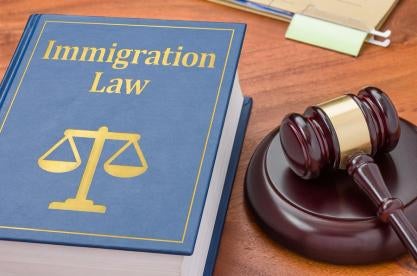The Wall Street Journal recently reported the spike in e-book sales of Alison Waines' two-year-old novel, Girl on a Train. The cause? Apparently, some customers thought they were purchasing The New York Times' best seller (and soon-to-be film starring Emily Blunt and Justin Theroux), The Girl on the Train, by Paula Hawkins.
How could this happen? Surely, trademark or copyright law must protect authors and unsuspecting readers from confusing books with similar titles. Can't you copyright or trademark a book title?
The short answer is no. Because titles of single creative works (such as a book or a film) do not meet the level of authorship required to qualify for copyright protection, a book's title—regardless how novel—cannot be protected by U.S. copyright law. Trademark law, likewise, does not accord protection to titles of a work, unless the title is shown to cover a series of works, or as having acquired secondary meaning—which means that consumers associate the publication with a particular source.
The following steps can be taken to work around this requirement, and help establish trademark rights in the title of a creative work in the U.S.
First, think broadly—beyond the title of the creative work (book, film, etc.) itself. Plan ahead in terms of whether any merchandise may be offered that is related to the work, or whether the work will be part of a series.
Second, select and clear a title that is available as both a title and a trademark to identify the type of creative work (book, film, etc.), and as a trademark to identify any ancillary merchandise or services. The more creative and unique the title, the better. Titles that are descriptive/informative as to the content can be considered “merely descriptive” and even harder to protect for any related merchandise sold in connection with the creative work.
Third, apply to register the title as a trademark in connection with the series of creative works and any related merchandise with the U.S. Patent & Trademark Office (“USPTO”).
Fourth, use the title with the series of creative works and any related merchandise listed in the trademark application. The manner of use is important because the USPTO will not grant a registration without proper proof that the title is being used in U.S. commerce. For a series of creative works, proper proof of use may be a digital image of at least two works using the same title. However, keep in mind that the content of the two works must be different, Simply showing the same titled work in different media (e.g., a hard cover and an e-book), or a second work that is a mere translation of the first work, would not constitute proper proof of use.
By taking these steps, authors are better positioned to assert trademark rights in the title of a creative work to stop copycats seeking to profit off similarly titled works. Or, at the very least, help consumers identify the book they hoped to read—as in the case of Ms. Waines and Ms. Hawkins.
Missed Connections: Seeking The Girl on the Train, Found Girl on a Train - Authorship Protection
Wednesday, December 2, 2015
Current Public Notices
Published: 8 October, 2024
Published: 19 September, 2024
Published: 16 September, 2024
Published: 29 October, 2024
Published: 29 October, 2024
Current Legal Analysis
More from Sterne, Kessler, Goldstein & Fox P.L.L.C.
Upcoming Events
Nov
6
2024





 />i
/>i

